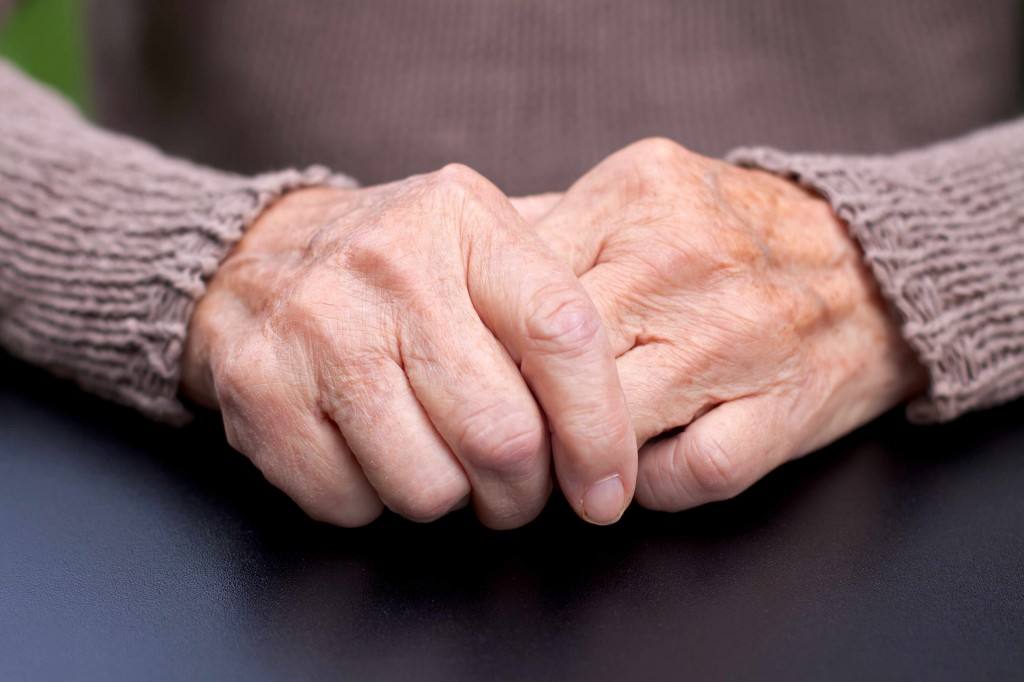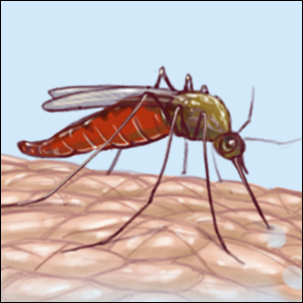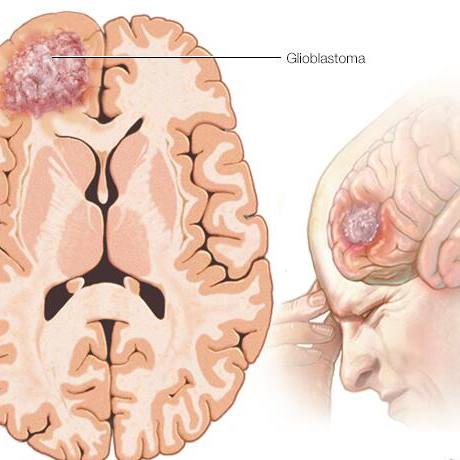-
Featured News
Consumer Health: Treating arthritis

May is Arthritis Awareness Month, which makes this a good time to learn more about a condition that affects nearly 59 million people in the U.S., or approximately 1 in 4 adults.
Arthritis is the swelling and tenderness of one or more of your joints. The main symptoms of arthritis are joint pain and stiffness, which typically worsen with age.
The two most common types of arthritis — osteoarthritis and rheumatoid arthritis — damage joints in different ways:
- Osteoarthritis occurs when the protective cartilage that cushions the ends of your bones wears down over time. Although osteoarthritis can damage any joint, the disorder most commonly affects joints in your hands, knees, hips and spine.
- Rheumatoid arthritis is a chronic inflammatory disorder that can affect more than just your joints. In some people, the condition can damage a wide variety of body systems, including the skin, eyes, lungs, heart and blood vessels.
Treatment
Arthritis treatment focuses on relieving symptoms and improving joint function. You may need to try several different treatments, or combinations of treatments, before determining what works best for you.
The medications used to treat arthritis vary depending on the type of arthritis. Commonly used arthritis medications include:
- NSAIDs
Nonsteroidal anti-inflammatory drugs, or NSAIDs, can relieve pain and reduce inflammation. Examples include ibuprofen and naproxen sodium. Stronger NSAIDs can cause stomach irritation and may increase your risk of heart attack or stroke. NSAIDs also are available as creams or gels, which can be rubbed on joints. - Counterirritants
Some varieties of creams and ointments contain menthol or capsaicin, the ingredient that makes hot peppers spicy. Rubbing these preparations on the skin over your aching joint may interfere with the transmission of pain signals from the joint itself. - Steroids
Corticosteroid medications, such as prednisone, reduce inflammation and pain, and slow joint damage. Corticosteroids may be given as a pill or as an injection into the painful joint. Side effects may include thinning of bones, weight gain and diabetes. - Disease-modifying antirheumatic drugs
These drugs can slow the progression of rheumatoid arthritis and save the joints and other tissues from permanent damage. In addition to conventional disease-modifying antirheumatic drugs, there also are biologic agents and targeted synthetic versions. Side effects vary, but most disease-modifying antirheumatic drugs increase your risk of infections.
Physical therapy can be helpful for some types of arthritis. Exercises can improve range of motion and strengthen the muscles surrounding joints. In some cases, splints or braces may be warranted.
If conservative measures don't help, your health care professional may suggest surgery, such as:
- Joint repair.
In some instances, joint surfaces can be smoothed or realigned to reduce pain and improve function. These types of procedures often can be performed arthroscopically through small incisions over the joint. - Joint replacement
This procedure removes the damaged joint and replaces it with an artificial one. Joints most commonly replaced are hips and knees. - Joint fusion
This procedure more often is used for smaller joints, such as those in the wrist, ankle and fingers. It removes the ends of the two bones in the joint and then locks those ends together until they heal into one rigid unit.
Connect with others talking about arthritis and living well in the Bones, Joints & Muscles Support Group on Mayo Clinic Connect, an online patient community moderated by Mayo Clinic.
Related Articles







